3 spending on which 的用法疑问
Roughly half of its staff work in research and development, spending on which grew by 26% last year, to $3.4bn—more than the company generated in net profit.
在这句话中我认为正常的顺序是:on which spending grew...,但是这里为什么能将spending前置?这种用法是不是和 xxx of which/whom有相似性,但是也有使用环境的限制,就是of+关系代词或者这里的on which,必须是一个关系分句中某个名词的后置修饰语(如文中的spending?)
这篇文章出自经济学人,标题《China’s smartphone champion has triumphed where Apple failed》,在倒数2段,第3行。
谢谢老师,专家,网友的分享解答!
最佳答案 2025-07-23 09:23
Roughly half of its staff work in research and development, spending on which grew by 26% last year, to $3.4bn—more than the company generated in net profit.
●原句分析:which 是关系代词,指代先行词 research and development(研发)。句中的 spending 是名词,意思是“开支,支出,开销”。on which 在此为后置定语修饰名词 spending,spending on which 在含义上相当于 spending on research and development(在研发上的支出)。
其实说成 on which spending 也不是不可以,下面举H. W. Fowler 的 A Dictionary of ENGLISH USAGE 中的一个类似例子:
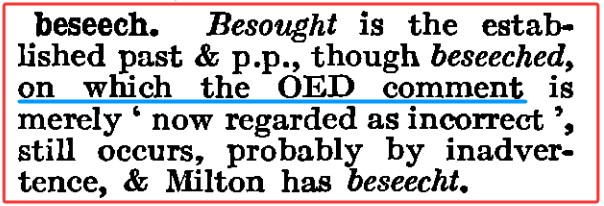
“Besought”is the established past & p.p., though “beseeched”, on which the OED comment is merely “now regarded as incorrect”, still occurs, probably by inadvertence, & Milton has “beseecht”.
句意:Besought 是(beseech)公认的过去式和过去分词形式。尽管 “beseeched” 仍有使用——《牛津英语词典》(OED)对其的评论仅是 “如今被视为不正确”——但这种用法可能是出于疏忽,此外,弥尔顿还用过 “beseecht” 这一形式。
分析:句中的on which the OED comment 也可说成 the OED comment on which(which指代beseeched),意思是“《牛津英语词典》对 beseeched 的评论”。
●原句大意:该公司大约有一半员工从事研发工作,去年研发支出增长 26%,达到到了34亿美元——这一数字超过了公司的净利润。
●原句改写:Roughly half of its staff work in research and development, and spending on research and development grew by 26% last year, to $3.4bn—more than the company generated in net profit.
●类似例子:下面的截图来自H. W. Fowler的 A Dictionary of ENGLISH USAGE:

The only satisfactory rule, exceptions to which are very few, is this...
句意:唯一令人满意的规则(其例外情况极为罕见)是这样的……
分析:which 也是关系代词,指代前文的名词 rule。to which 在此作后置定语修饰名词 exceptions(所以 to which 被置于 exceptions 后面),exceptions to which 在意义上相当于exceptions to the rule(这条规则的例外情况)。
其它 1 个回答
周老师的解答非常棒,学习了。我也举一个类似的例子(不如周老师的例子合适),仅供参考:
Colin was wounded in a car accident, after hearing which Mike shot over to see him in hospital. 柯林在车祸中受了伤,迈克闻此马上就去医院看他了。
which 指代主句 Colin was wounded in a car accident,after hearing which 相当于 and affter hearing the news。
- 4 关注
- 1 收藏,1226 浏览
- Solomon 提出于 2025-07-22 16:39
相似问题
-
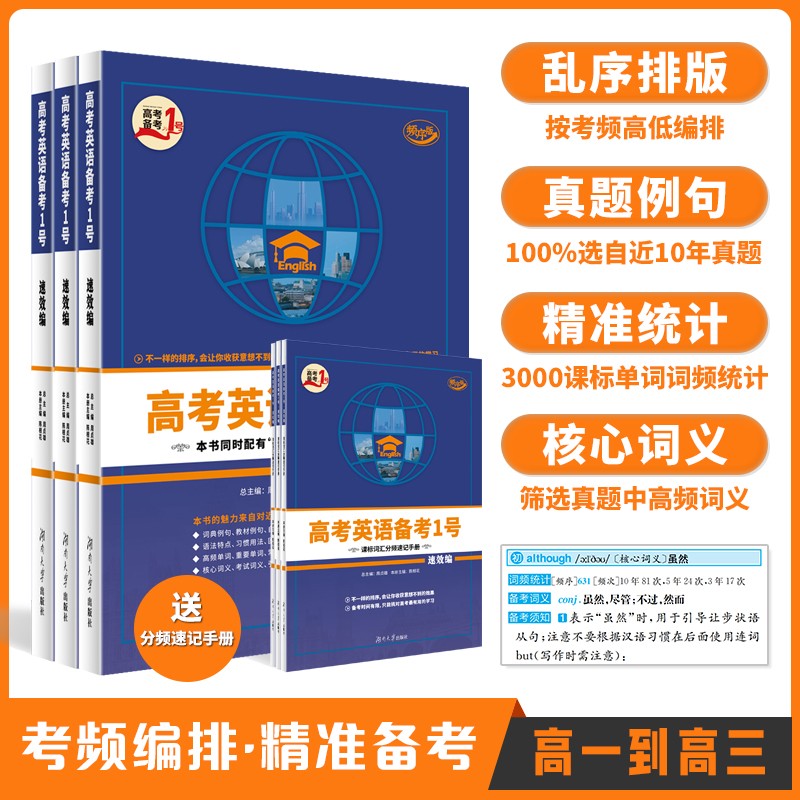 《高考英语备考1号·速效编》
《高考英语备考1号·速效编》
-
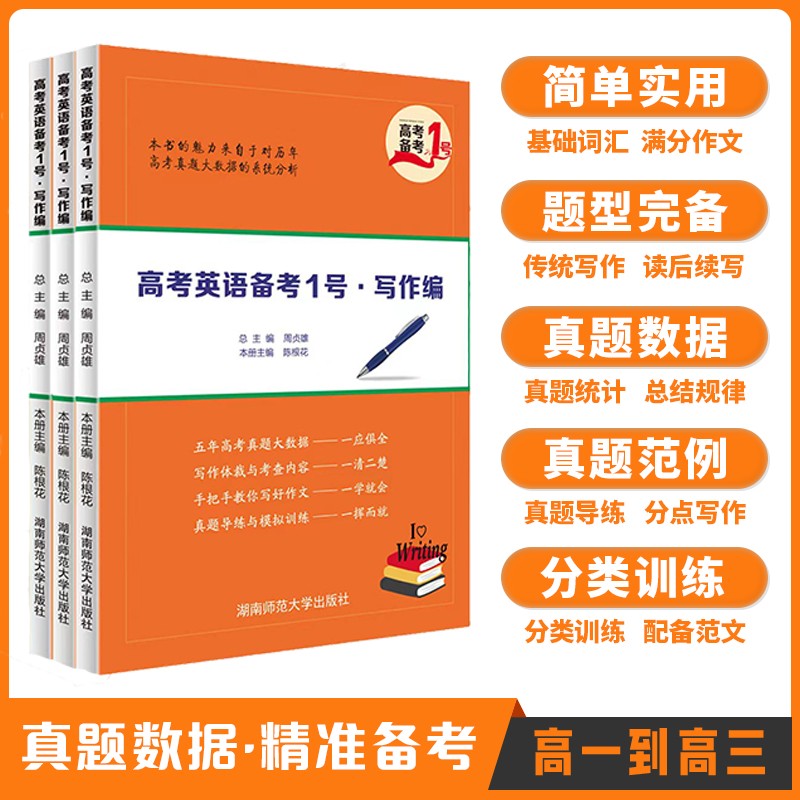 《高考英语备考1号·写作编》
《高考英语备考1号·写作编》
-
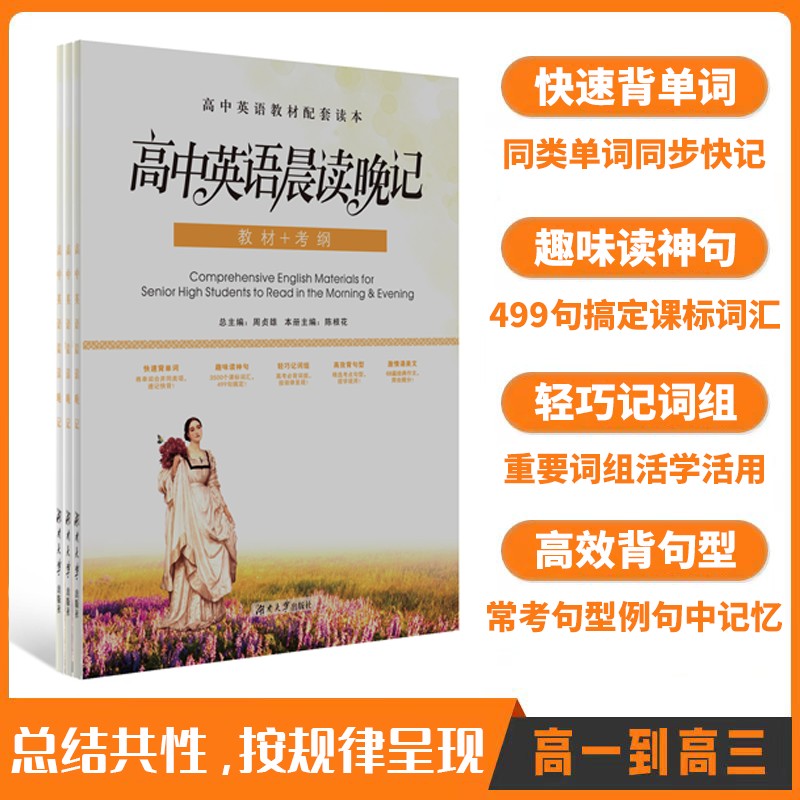 《高中英语晨读晚记》
《高中英语晨读晚记》
-
 《高中英语错题笔记》
《高中英语错题笔记》
-
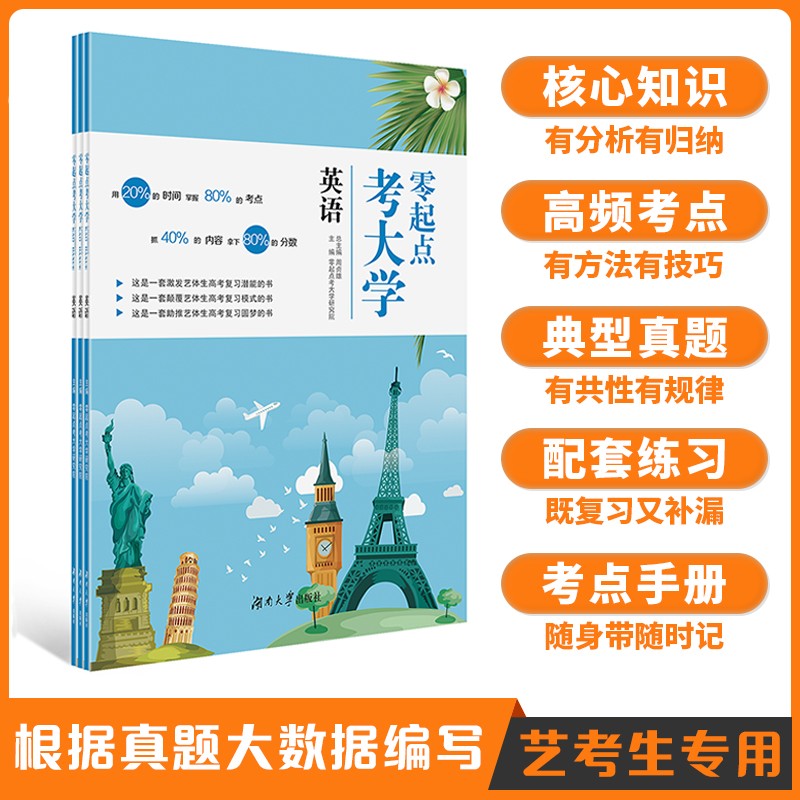 《零起点考大学英语》
《零起点考大学英语》
-
